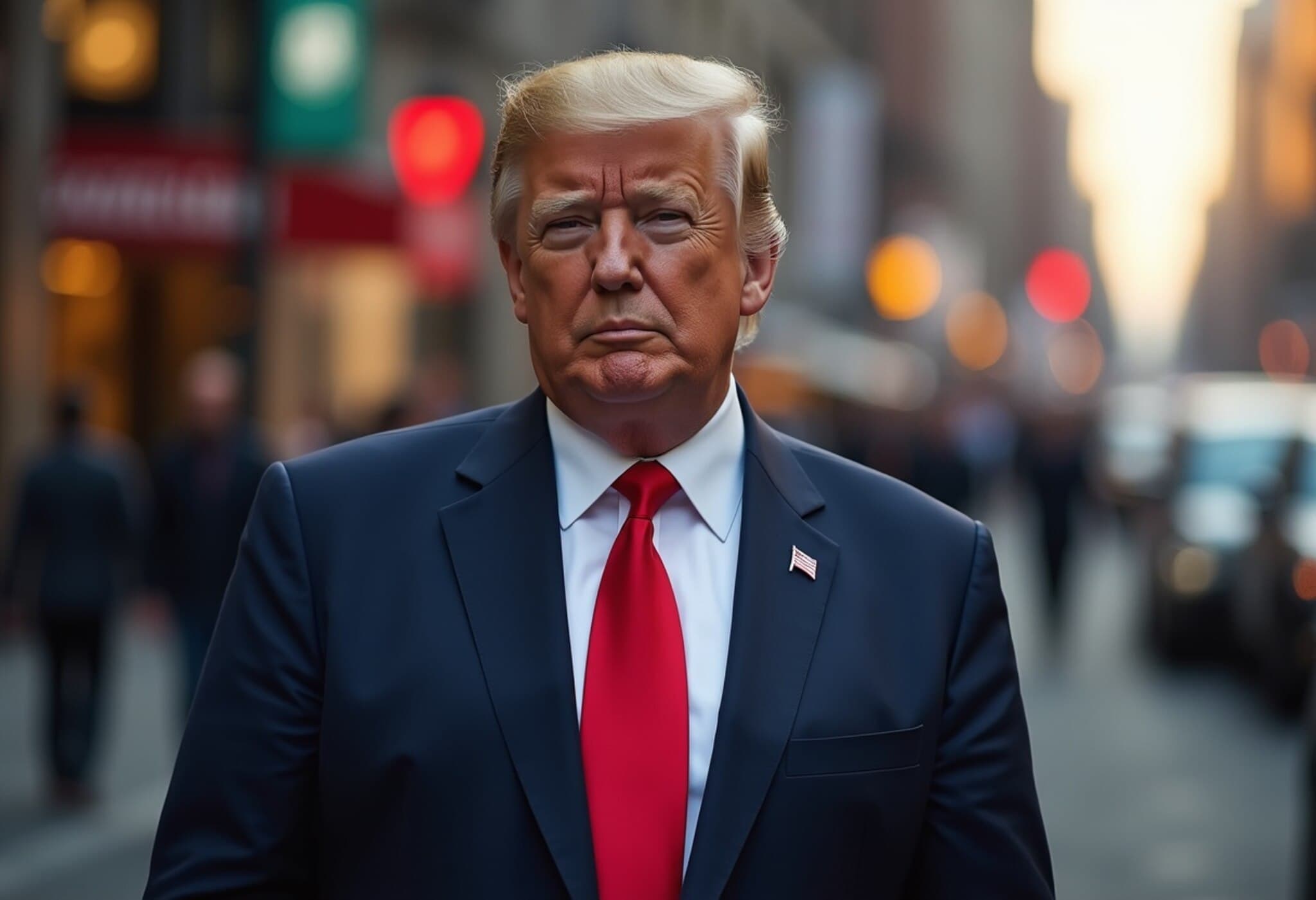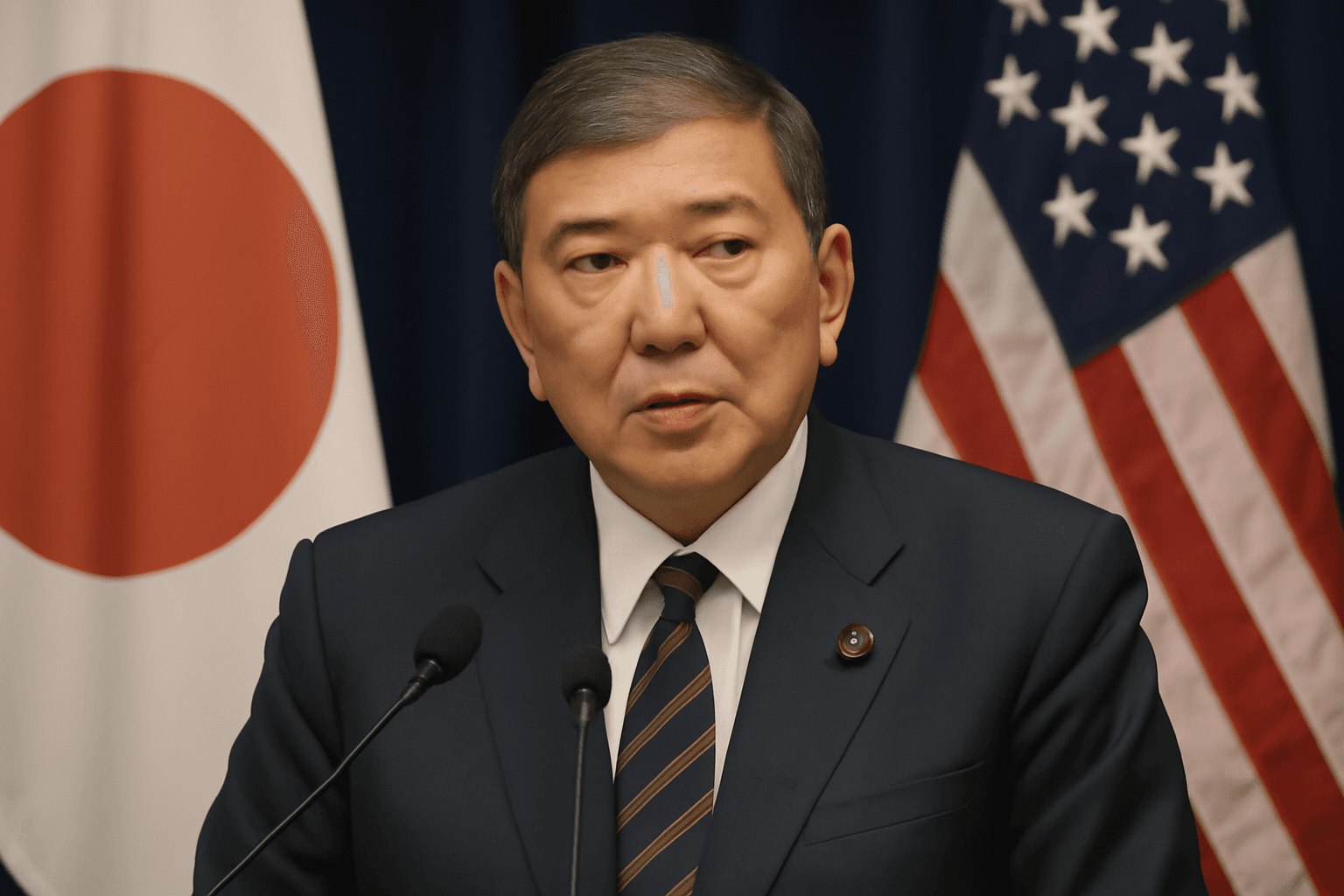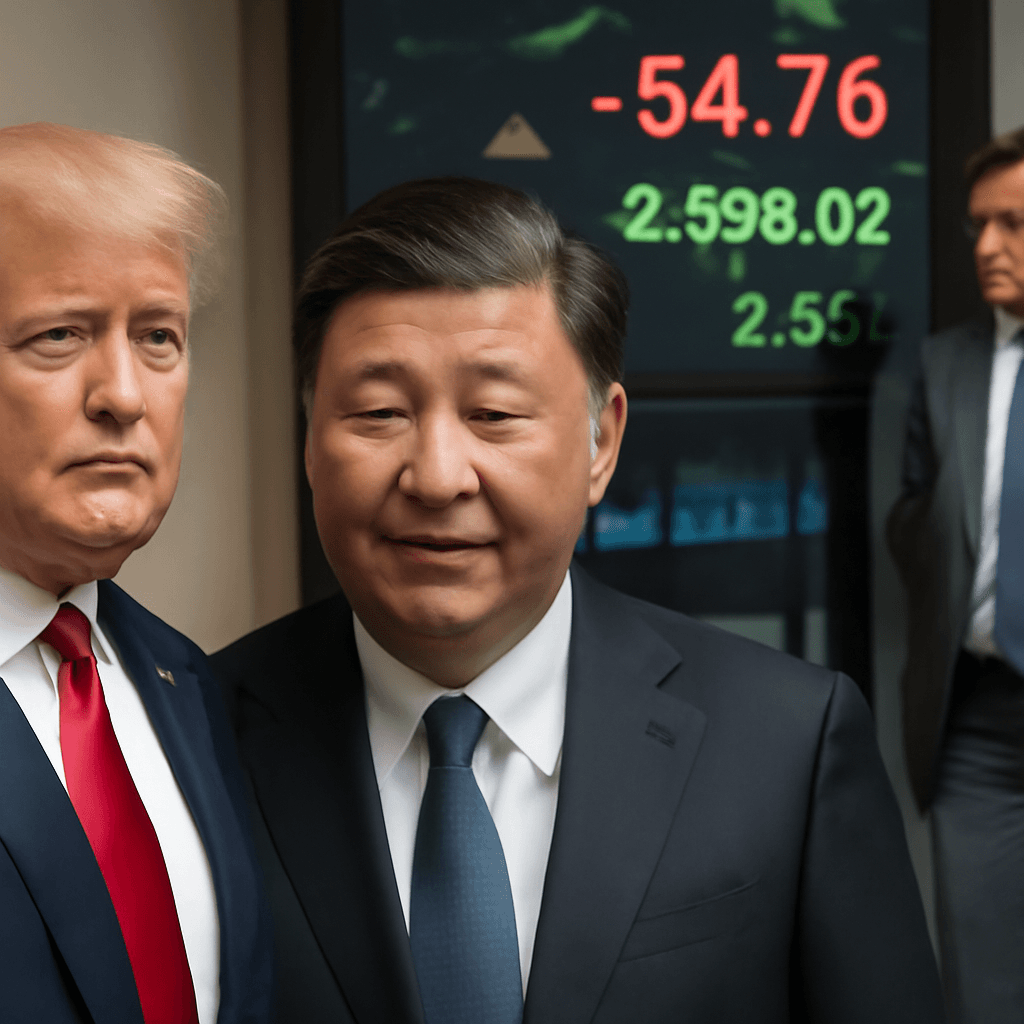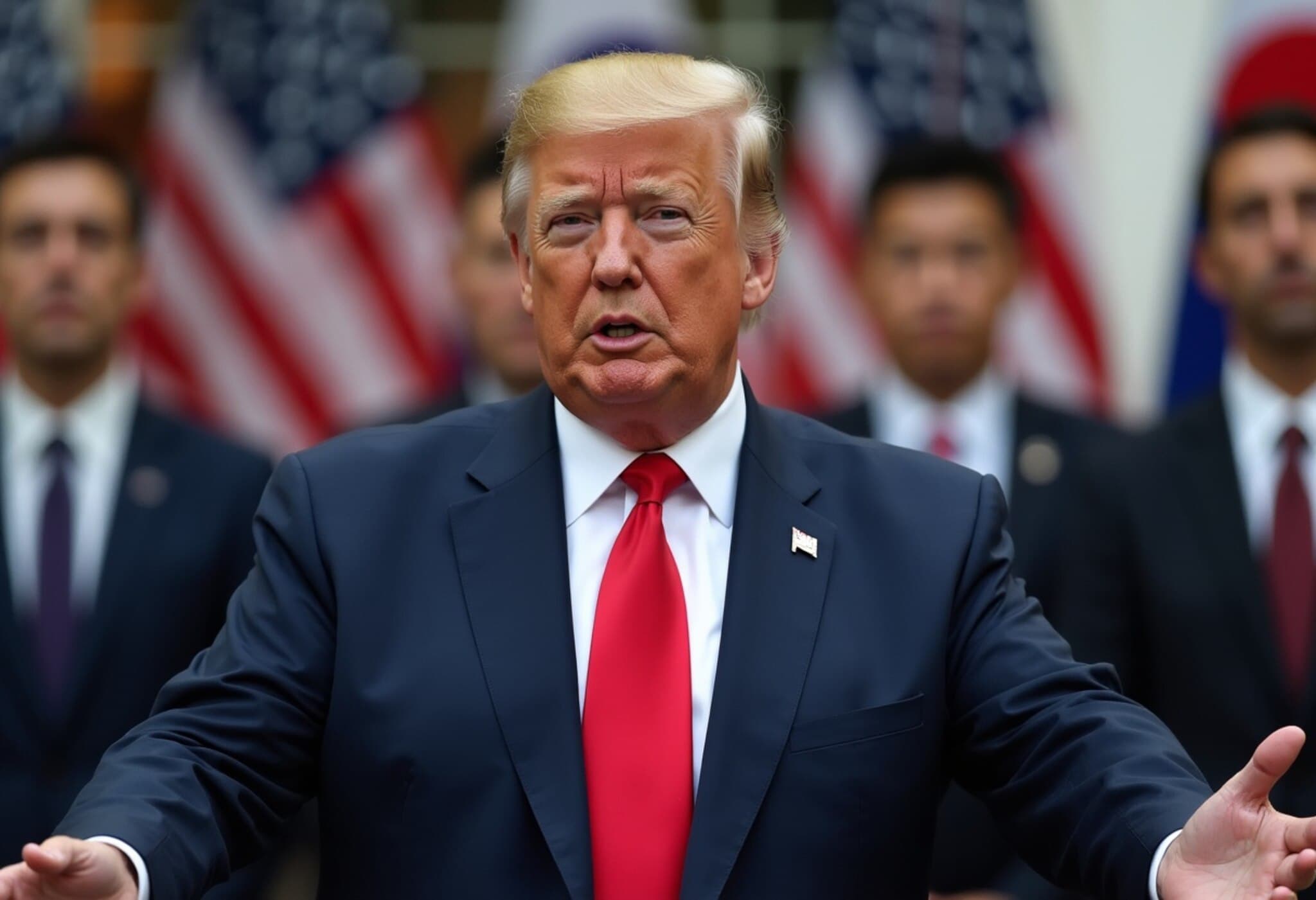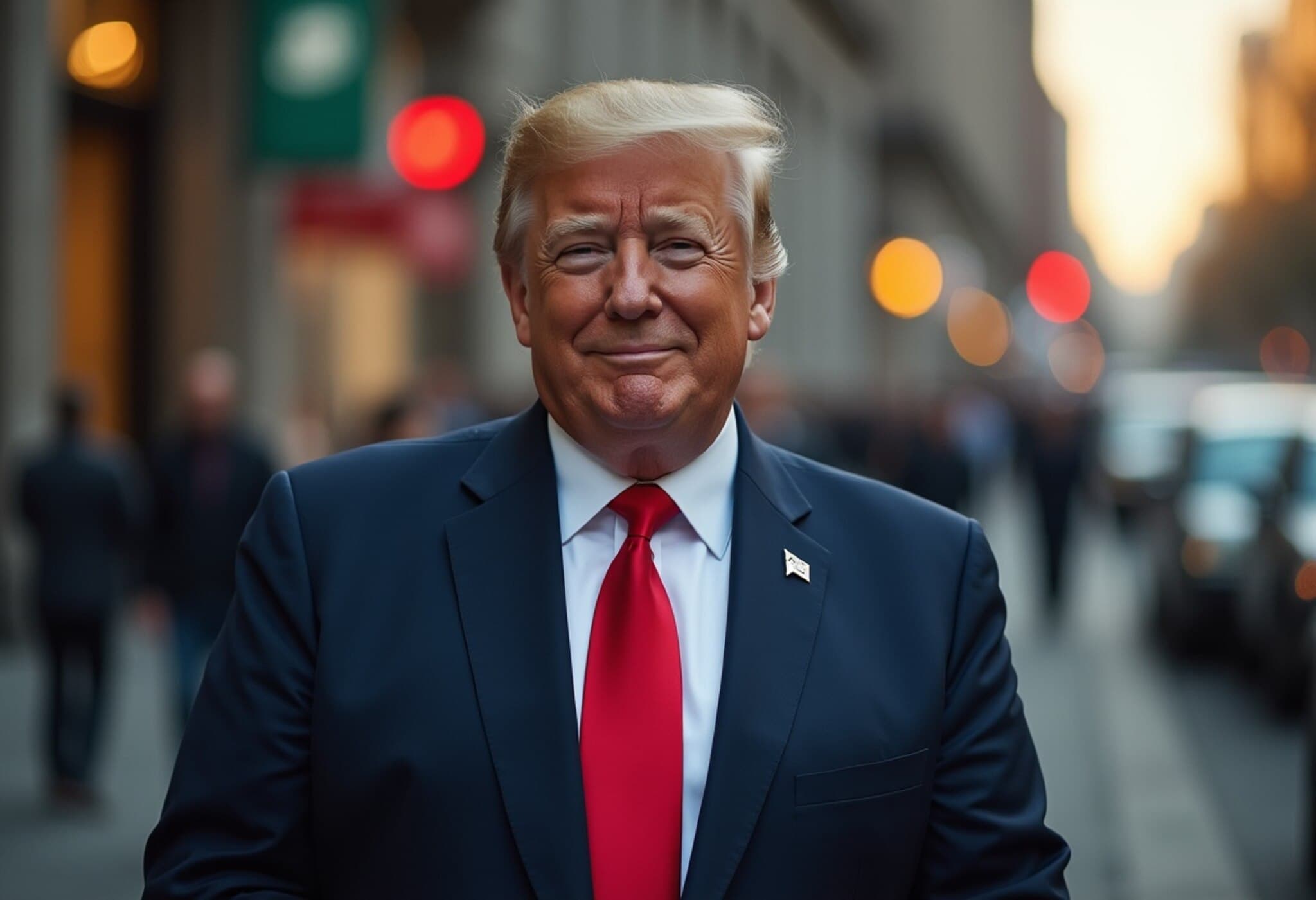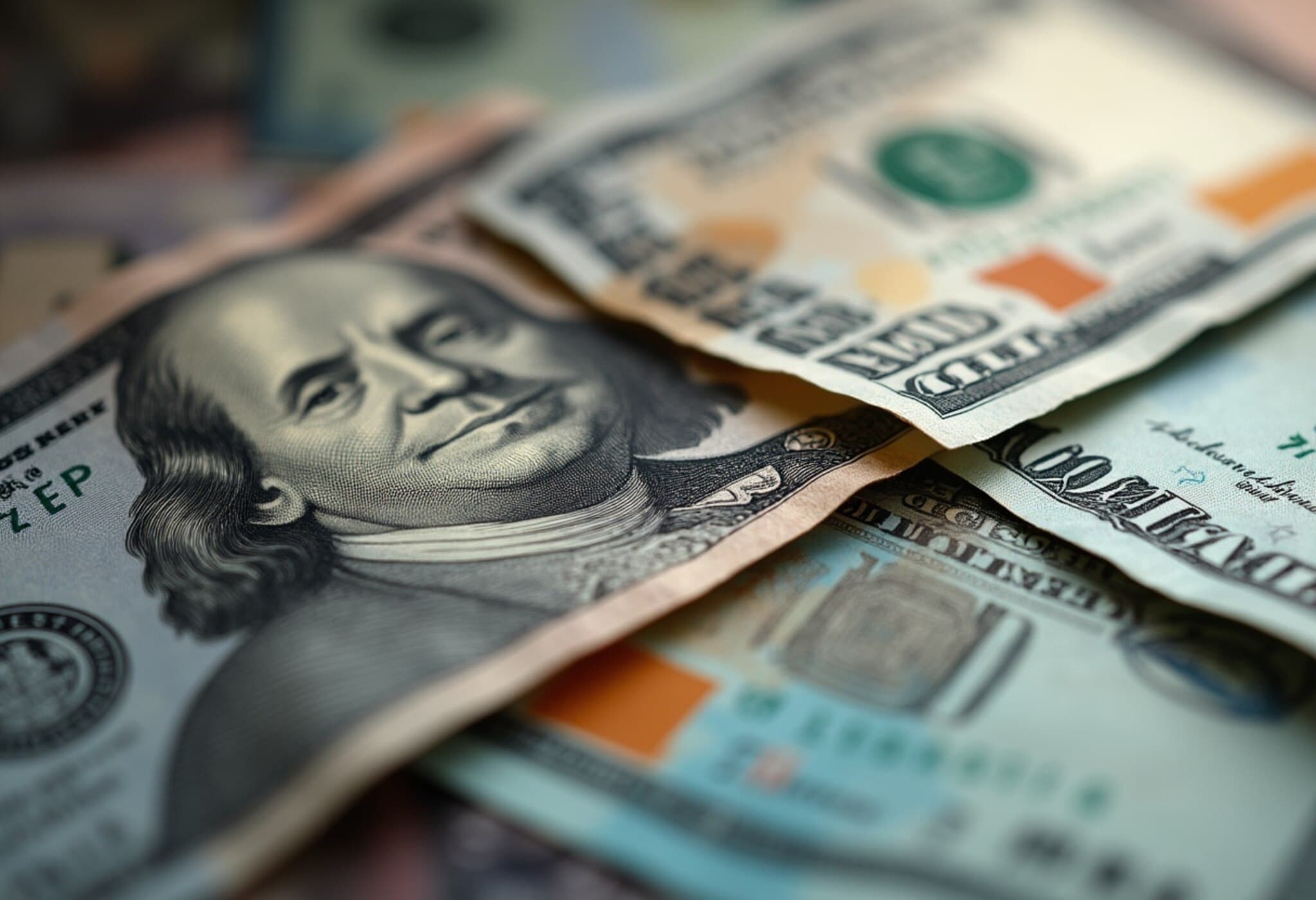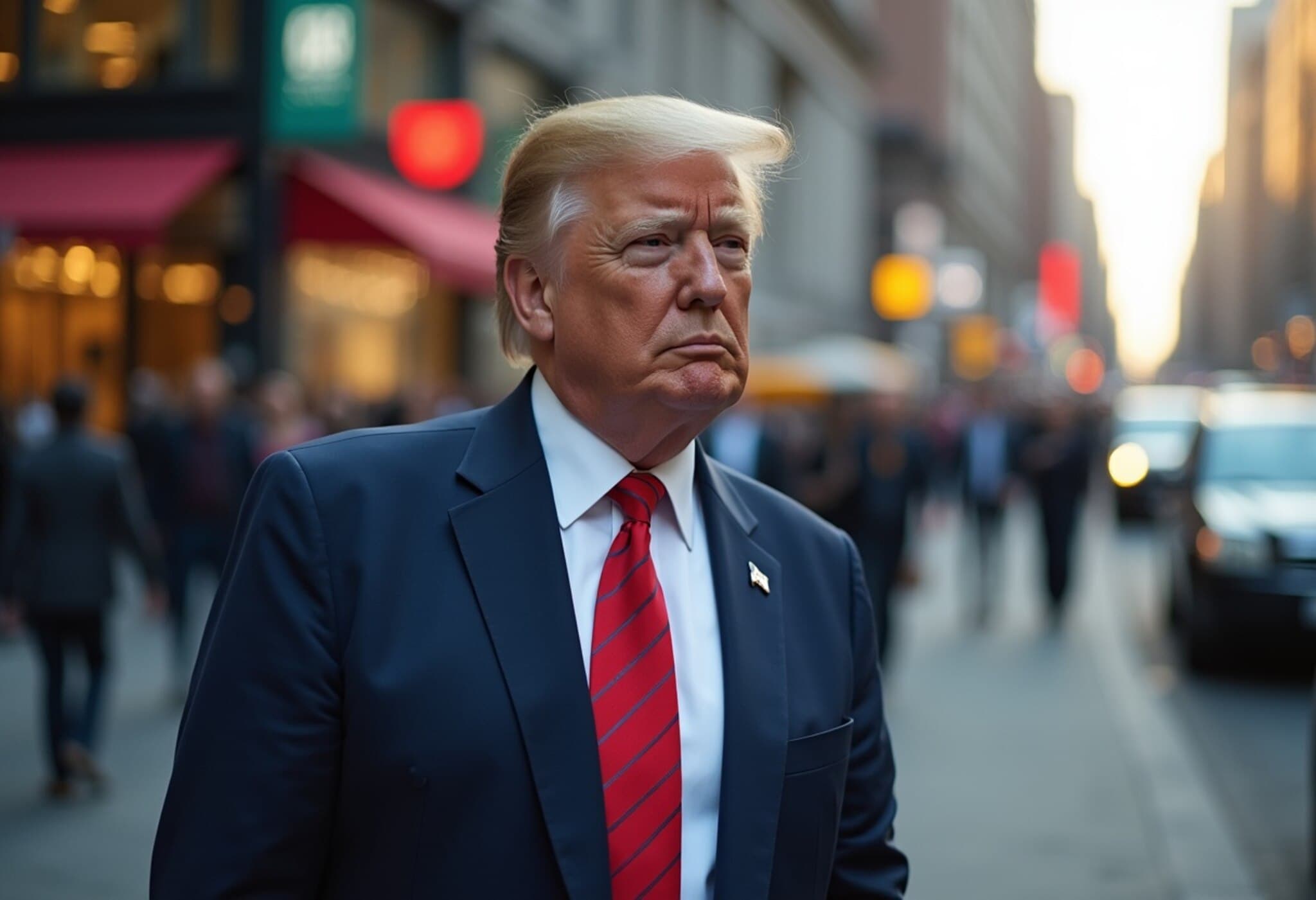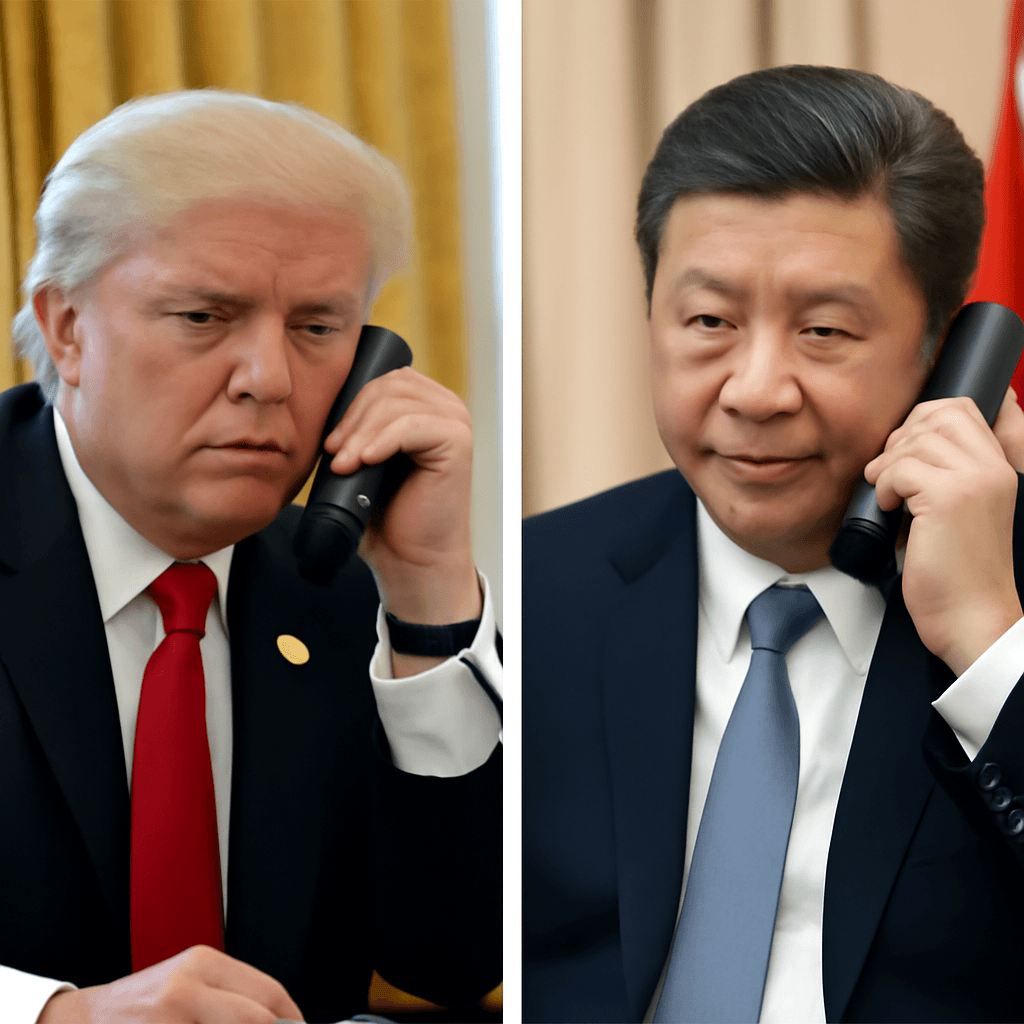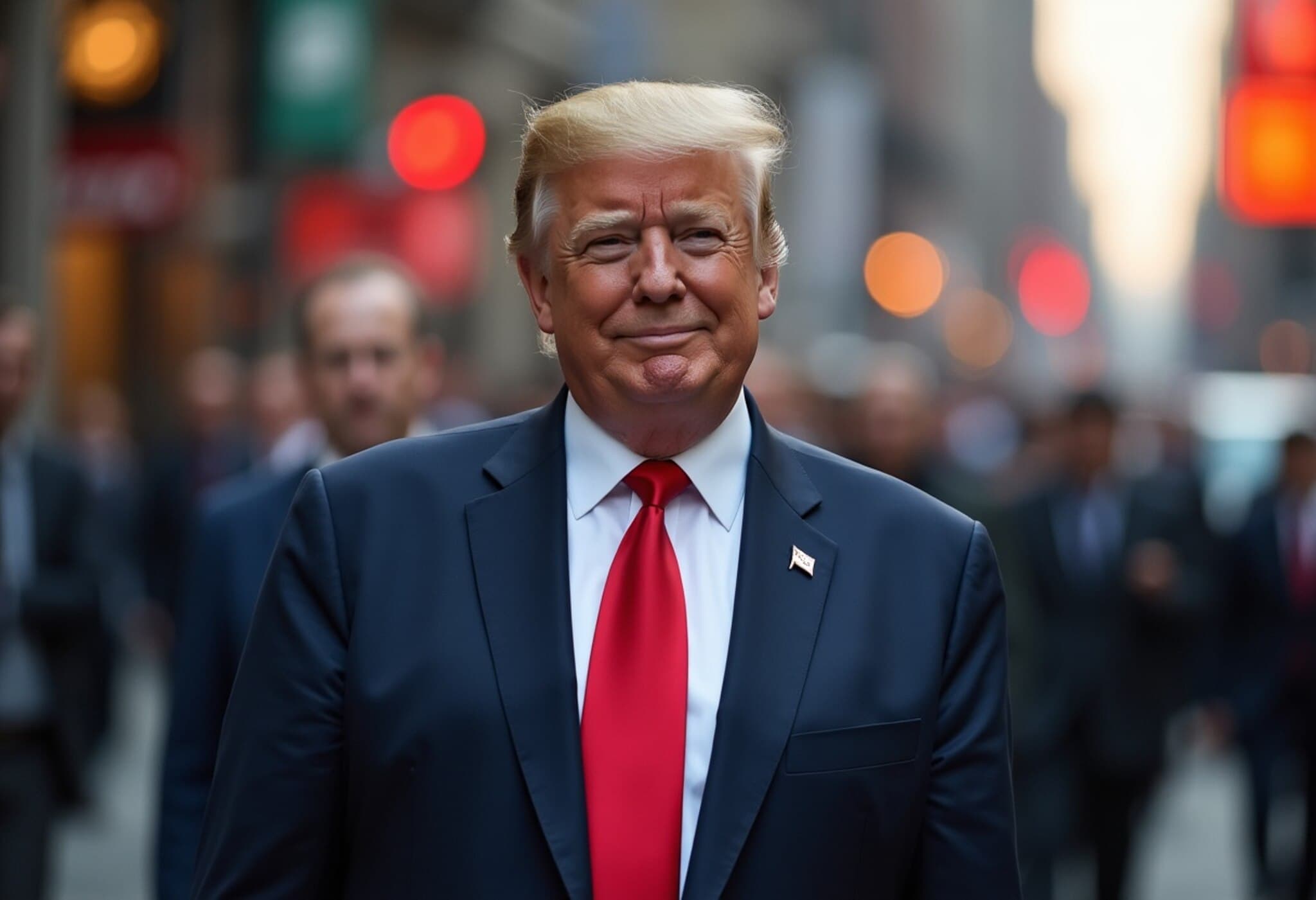Trump Declares Historic $550 Billion Trade Agreement with Japan
In a striking development on July 22, 2025, former US President Donald Trump took to Truth Social to announce a major trade deal with Japan, outlining plans for the island nation to invest $550 billion into the United States alongside the introduction of a 15% reciprocal tariff on Japanese imports. This bold move, if fully realized, could reshape the economic relationship between the world’s third-largest economy and the United States.
Details of the Trade Deal: Opens Markets and Protects American Interests
Trump emphasized that under the new agreement, Japan will expand market access to American automotive exports, trucks, rice, and select agricultural products. The reciprocal tariff rate of 15% on Japanese goods marks a significant shift from previous tariff regimes, aiming to balance trade while encouraging Japanese capital inflows into the US economy.
"We just completed a massive deal with Japan, perhaps the largest ever made," Trump proclaimed, highlighting that the $550 billion investment will deliver 90% of profits to the United States, generating "hundreds of thousands of jobs." While the specifics of profit-sharing and investment channels remain to be clarified, the scale promises to invigorate US industries and labor markets.
Context: Tariff Pressures and Negotiations Leading to the Deal
Earlier in July, Trump had sent a stern letter to Tokyo threatening a hike to a 25% tariff on Japanese exports from August 1—an increase from the 24% tariff introduced on April 2 during what Trump dubbed "Liberation Day" tariffs. This brinkmanship appears to have catalyzed the negotiation table talks.
According to reports from Japan’s Asahi newspaper, the announcement followed high-level meetings at the White House on Tuesday, involving Japan’s chief tariff negotiator Ryosei Akazawa and key US officials including Commerce Secretary Howard Lutnick and Treasury Secretary Scott Bessent. This triangle of dialogue reflects a pragmatic approach on both sides to maintain robust bilateral trade ties amid rising global protectionist tendencies.
The Strategic Importance of Auto Trade
Automotive exports constitute a pivotal portion of Japan’s trade portfolio with the US, accounting for over 28% of all shipments in 2024. Currently, Japanese cars entering the US market face tariffs of approximately 25%, aligning with tariffs imposed on other nations. Adjusting the tariff to a reciprocal 15% represents an effort to temper tariffs while fostering more balanced trade flows.
Expert Commentary: Balancing Protectionism with Partnership
Trade policy analysts highlight the delicate balancing act this deal represents. While tariffs protect domestic industries from unfair competition, overly aggressive tariff regimes risk igniting retaliatory responses and disrupting global supply chains. The infusion of substantial Japanese investment coupled with improved market access for US products could pave a path toward sustainable trade relations.
"If implemented effectively, this deal could serve as a blueprint for mutually beneficial trade agreements prioritizing job creation and economic growth," notes Dr. Lisa Chen, an international trade economist at Georgetown University. "However, details on enforcement, investment oversight, and sector-specific provisions will be critical to watch."
Unanswered Questions and Regional Implications
- Investment deployment: How and where will the $550 billion investment be deployed within the US economy?
- Profit-sharing clarity: What mechanisms will guarantee that 90% of profits flow to the United States in practice?
- Impact on consumers: Will reciprocal tariffs lead to changes in car prices or agricultural product costs for American consumers?
- Broader geopolitical stakes: How will this deal influence US trade dynamics with China and other Asia-Pacific economies?
This agreement arrives at a time when global trade faces headwinds from supply chain disruptions, geopolitical rivalry, and evolving economic nationalism. Strengthening ties with Japan—America’s longtime ally and a key economic partner—could bolster regional stability and counterbalance other power centers.
Looking Ahead: Significance for US Economic Policy
The Trump announcement underscores a return to assertive trade negotiation styles, emphasizing reciprocal tariffs and investment leverage. For US policymakers, the challenge lies in ensuring such deals translate from rhetoric into verifiable outcomes that benefit American workers, industries, and consumers.
As the agreement's terms are further refined and implemented, stakeholders will be closely monitoring its real-world impacts and the potential ripple effects on broader US-Japan relations and international trade policy.
Trump’s Closing Notes on US-Japan Relations
In his post, Trump expressed optimism, stating, "This is a very exciting time for the US, and especially for the fact that we will continue to always have a great relationship with the Country of Japan." This reaffirms the enduring strategic partnership that extends beyond mere economics into broader diplomatic cooperation.
Editor’s Note
This landmark trade announcement pushes forward the evolving narrative of US-Japan economic ties amid a challenging global trade environment. While the deal’s headline figures dazzle, the critical questions lie in the implementation details and the tangible impact on jobs, investment, and consumer markets. Readers should watch for forthcoming policy documents and Congressional oversight as this story develops. Ultimately, this deal exemplifies the complex dance of protectionism and partnership shaping 21st-century trade diplomacy.

